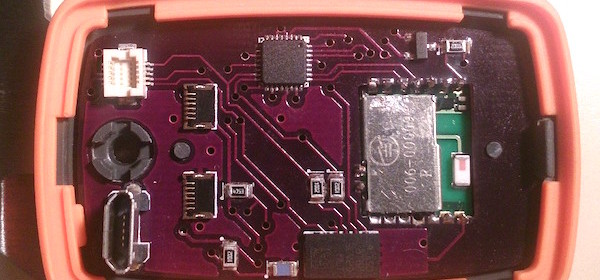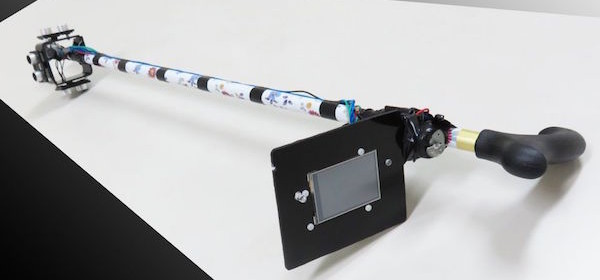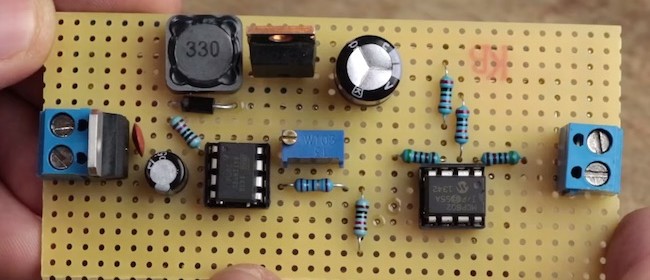Nocturnal hypoglycaemia detector

Hypoglycaemia is a condition characterized by an abnormally low level of glucose in blood. It is associated with diabetes, and is likely to occur if someone with diabetes takes too much insulin, eats less than usual, or exercises too hard. Novirium‘s Nighttime Hypoglycaemia monitor is a bluetooth-enabled device that acts as a safety net for type 1 diabetics, while they’re sleeping. The nighttime hypoglycemia results in excessive sweating. This monitor measures the skin temperature and humidity to detect severe nocturnal hypoglycaemic events. Measurements are taken periodically and are sent to a nearby Android phone via Bluetooth. If such an event is detected,
Read more


